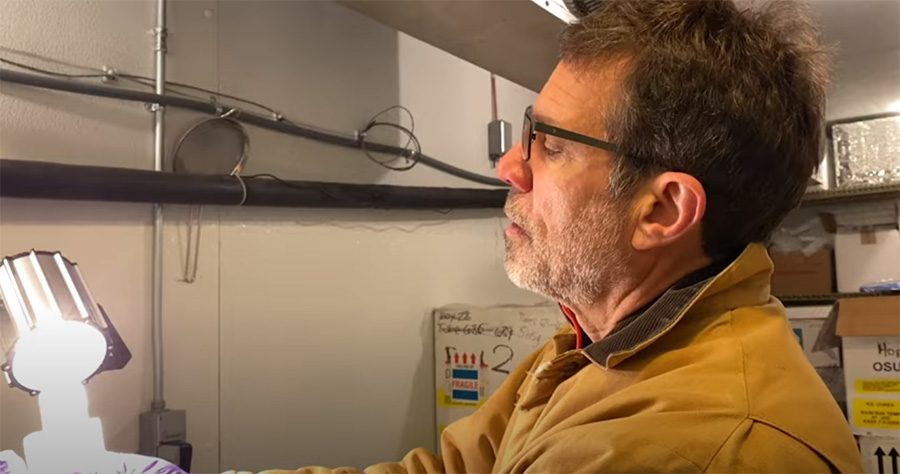 Two-Million-Year-Old Ice Provides Snapshot of Earth's Greenhouse Gas HistoryNovember 7, 2019
National Science Foundation Two-million-year old ice from the Allan Hills region of Antarctica recently uncovered by a team of researchers provides a clearer picture into the connections between greenhouse gases and climate in the ancient past and is expected to help scientists understand future climate change. In a recent edition of the journal Nature, a group of scientists described how they used air trapped in the bubbles in ice as old as two million years to measure levels of the greenhouse gases carbon dioxide and methane. The group was led by John Higgins and Yuzhen Yan of Princeton University, and Andrei Kurbatov, of the University of Maine, and included Ed Brook at Oregon State University; and Jeff Severinghaus at the University of California, San Diego. This is the first time scientists were able to study an ice core that old. Previously, the oldest complete ice core provided data back to 800,000 years. Past studies using that core and others have shown that atmospheric carbon-dioxide levels are directly linked to Antarctic and global temperature during the past 800,000 years. Prior to that, the connection between climate and carbon dioxide levels has not been as well understood. The research was supported by several awards made by the Office of Polar Programs’ Antarctic Sciences Section, including this collaborative award: Collaborative Research: Window into the World with 40,000-year Glacial Cycles from Climate Records in Million Year-old Ice from the Allan Hills Blue Ice Area. View a brief summary of the research on Youtube here: https://www.youtube.com/watch?v=c7UC333i2Cw
|



For USAP Participants |
For The Public |
For Researchers and EducatorsContact UsU.S. National Science FoundationOffice of Polar Programs Geosciences Directorate 2415 Eisenhower Avenue, Suite W7100 Alexandria, VA 22314 Sign up for the NSF Office of Polar Programs newsletter and events. Feedback Form |

